What Is a Cardiac Resynchronization Therapy (CRT) Device? Is It a Pacemaker?
A Cardiac Resynchronization Therapy (CRT) device is an advanced heart device used to treat certain types of heart failure, particularly when the heart’s chambers are not beating in sync. While CRT devices are similar in appearance and function to traditional pacemakers and implantable cardioverter defibrillators (ICDs), they serve a unique purpose: to resynchronize the heart's rhythm and improve its pumping efficiency.
What Is a CRT Device?
A Cardiac Resynchronization Therapy device is a small electronic implant placed under the skin near the shoulder, with leads (wires) that extend into the heart to monitor and regulate its rhythm. What makes CRT unique is the inclusion of a third lead that targets the left ventricle, which is often affected in heart failure.
By coordinating the contraction of the left and right ventricles, CRT helps the heart pump blood more efficiently, reducing symptoms such as:
Shortness of breath
Fatigue
Swelling in the legs and ankles
Reduced exercise tolerance
CRT is sometimes referred to as biventricular pacing due to its ability to stimulate both sides of the heart.
Is CRT the Same as a Pacemaker?
The devices look very similar, but have slightly different functions. There are two main types of CRT devices:
CRT-P (Pacemaker only) – focuses solely on resynchronising the heart’s chambers.
CRT-D (Pacemaker + Defibrillator) – includes the ability to deliver a shock if a dangerous arrhythmia occurs.
How Does a CRT Device Work?
A CRT device uses three leads placed in the heart:
Right atrium – to monitor and pace the upper chamber.
Right ventricle – to monitor and pace the lower right chamber.
Left ventricle (via coronary sinus) – the third lead, unique to CRT, stimulates the left side of the heart.
By delivering tiny electrical impulses to these areas, the CRT device resynchronizes the heart's contractions, allowing it to pump blood more effectively. This coordinated pacing can significantly improve heart function, particularly in patients with a widened QRS complex on an ECG (an indicator of electrical delay in the heart).
Who Needs a CRT Device?
CRT is typically recommended for patients with:
Moderate to severe heart failure symptoms (NYHA Class II-IV)
Reduced left ventricular ejection fraction (LVEF ≤ 35%)
Evidence of electrical dyssynchrony, such as a left bundle branch block (LBBB) on ECG
Heart rhythm that is not properly coordinated between chambers
CRT may also be combined with an ICD in patients who are at risk of sudden cardiac arrest due to abnormal heart rhythms.
A cardiologist or electrophysiologist will determine your suitability for CRT based on echocardiograms, ECGs, and other heart function tests.
How Is a CRT Device Implanted?
CRT implantation is a minimally invasive procedure performed in a hospital electrophysiology lab.
What to Expect:
The procedure typically takes 2 to 3 hours, longer than a standard pacemaker implant due to the additional lead.
Performed under local anaesthesia with sedation.
Leads are inserted through veins in the chest and guided into the heart under X-ray guidance.
The device is implanted under the skin, usually just below the collarbone.
After implantation, the device is tested and programmed.
Recovery:
Most patients stay in the hospital for 1–2 days.
Full recovery takes a few weeks, during which patients are advised to avoid heavy lifting and arm movements on the implantation side.
Are There Any Risks?
As with any heart device implantation, CRT does carry some potential risks:
Infection at the site of implantation
Bleeding or bruising
Lead dislodgement
Difficulty positioning the left ventricular lead (in some patients)
Rare complications such as cardiac tamponade
However, CRT devices are generally safe and effective, with a strong track record of improving outcomes in heart failure patients.
Key Takeaways
A CRT device is a specialized type of pacemaker designed to treat heart failure with electrical dyssynchrony.
It includes three leads, with the third lead targeting the left ventricle to synchronize the heart's contractions.
CRT can be used alone (CRT-P) or combined with a defibrillator (CRT-D).
It significantly improves heart function and symptoms in selected patients.
The procedure is safe, and most patients experience a marked improvement in quality of life.
Frequently Asked Questions (FAQs) About CRT Devices
-
Not exactly. A CRT device is a specialized pacemaker with an additional lead to treat heart failure by synchronizing the heart's contractions.
-
CRT-P is a pacemaker only, while CRT-D combines pacing with a defibrillator function to treat dangerous arrhythmias.
-
Most CRT devices last 5 to 10 years. Battery life depends on how often the device paces or delivers therapy.
-
Yes, most patients can return to moderate exercise, often with improved stamina. Always follow your cardiologist’s recommendations.
-
You typically won’t feel the pacing. If your device delivers a shock (CRT-D), you may feel a brief jolt.
Are you living with heart failure symptoms and unsure about your treatment options?
Dr Li can assess whether a CRT device is right for you. Book a consultation today and take the next step toward a stronger heart and better quality of life.

